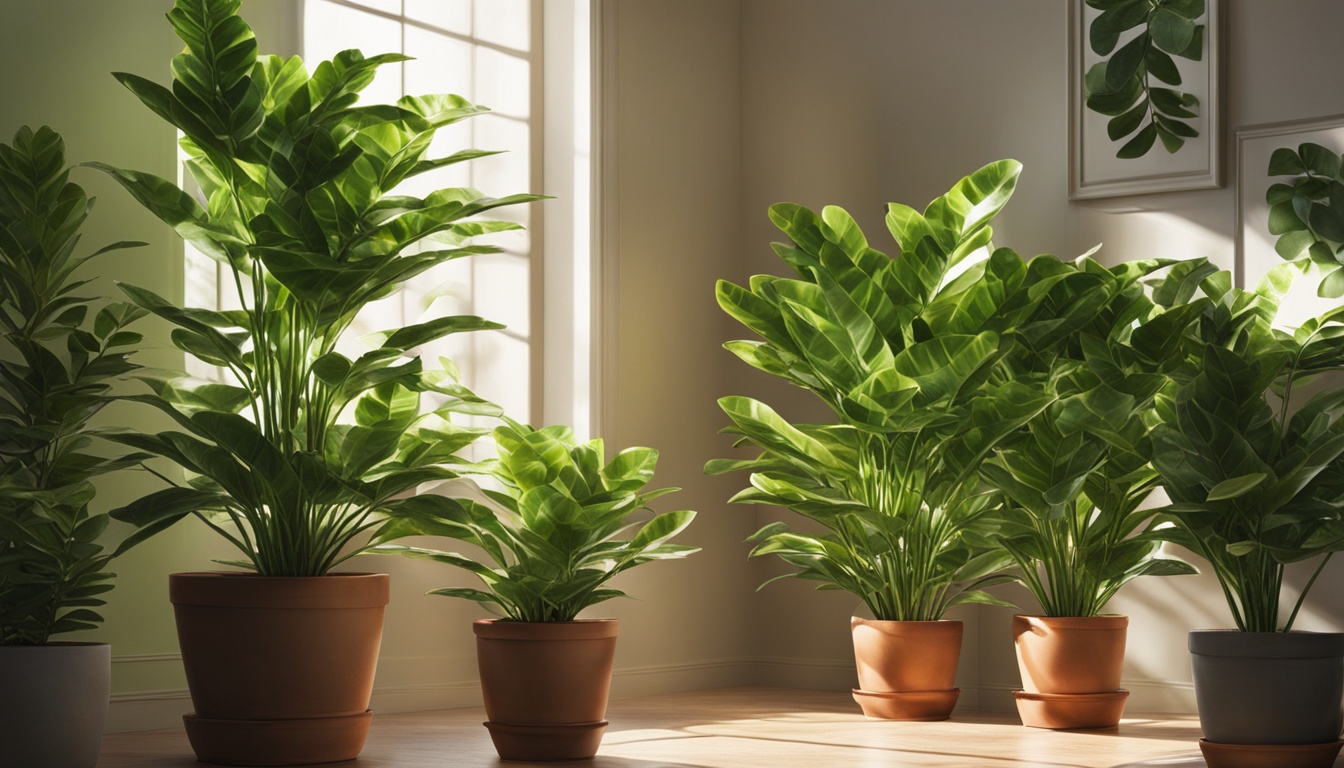Great soil is the unsung hero behind a lush and vibrant garden. While there are countless high-priced chemicals and commercial solutions available, you don’t need to break the bank to create a thriving garden.
With a few simple, DIY tricks, you can boost soil nutrients and watch your plants flourish. Let’s dive into some practical and budget-friendly ways to enhance your garden soil!

1. Banana Peels: A Powerhouse of Nutrients
Banana peels are more than just waste—they’re packed with essential nutrients like potassium, calcium, magnesium, and phosphorus.
These elements are crucial for plant health and can help your garden thrive. To use banana peels effectively, chop them into small pieces. This helps them decompose more quickly.

Simply scatter the chopped peels around your plants or mix them into the soil. As they break down, they release organic matter, enriching your soil and providing a slow, steady supply of nutrients.
2. Fireplace Ash: A Free Soil Conditioner
If you have a fireplace, don’t toss out the ash—it’s a valuable resource for your garden. Ash is great for raising the pH levels of acidic soils, making it easier for plants to grow.
Just scatter a thin layer of ash over the soil and gently mix it in. Be cautious not to overapply, as too much ash can make the soil too alkaline.

Regular use of fireplace ash can help balance soil pH and improve overall soil health, promoting a more productive garden.
3. Fallen Leaves: Nature’s Mulch
Fallen leaves are often viewed as a nuisance, but they can be a boon for your garden. Instead of raking them up and disposing of them, let them decompose naturally over your garden beds.
As the leaves break down over winter, they add a rich layer of organic matter to the soil. This not only improves soil structure but also enhances water retention and nutrient availability.

The decomposed leaves will help create a dark, nutrient-rich soil that’s perfect for planting come spring.
4. Epsom Salt: The Magnesium Booster
Epsom salt isn’t just for relaxing baths—it’s also a fantastic soil amendment. Many gardeners use it to address magnesium deficiencies in the soil, which can cause low pH levels.
To use Epsom salt, mix it with water according to the package instructions, and spray it directly onto your plants or the soil.

This will help correct magnesium imbalances and boost your soil’s nutrient content, leading to healthier, more robust plants.
5. Raw Eggs: A Natural Fertilizer
Believe it or not, a raw egg can be a powerful addition to your garden. When preparing your pots or garden beds, place a raw egg at the bottom before adding soil.
As the egg decomposes, it releases a range of nutrients including calcium and protein, which are beneficial for plant growth.

This method is especially useful for seedlings, providing them with a steady supply of nutrients as they establish themselves.
6. Regular Composting: The Ultimate Soil Enhancer
Compost is often hailed as the gold standard for enriching garden soil. It improves soil structure, enhances nutrient content, and helps retain moisture.
By regularly adding compost to your garden, you can create a more fertile environment for your plants. Composting also helps reduce waste and can be made from kitchen scraps, yard waste, and other organic materials.

Start composting before each growing season to ensure your soil is well-prepared for planting.
7. Indoor Composting: A Compact Solution for Small Spaces
If you’re short on outdoor space, indoor composting is a fantastic alternative. You’ll need a container with a lid, a stirring stick, and some soil.
Begin by grinding up your kitchen scraps and draining off excess moisture. Place the waste in the container, cover it with soil, and stir regularly. After a couple of weeks, the mixture will start to resemble soil.

Maintaining two compost bins can ensure a continuous supply of fresh compost—just start a new batch in one bin while the other matures.
By incorporating these easy and cost-effective techniques into your gardening routine, you can transform your soil into a thriving, nutrient-rich medium that supports healthy, vigorous plant growth. Happy gardening!


